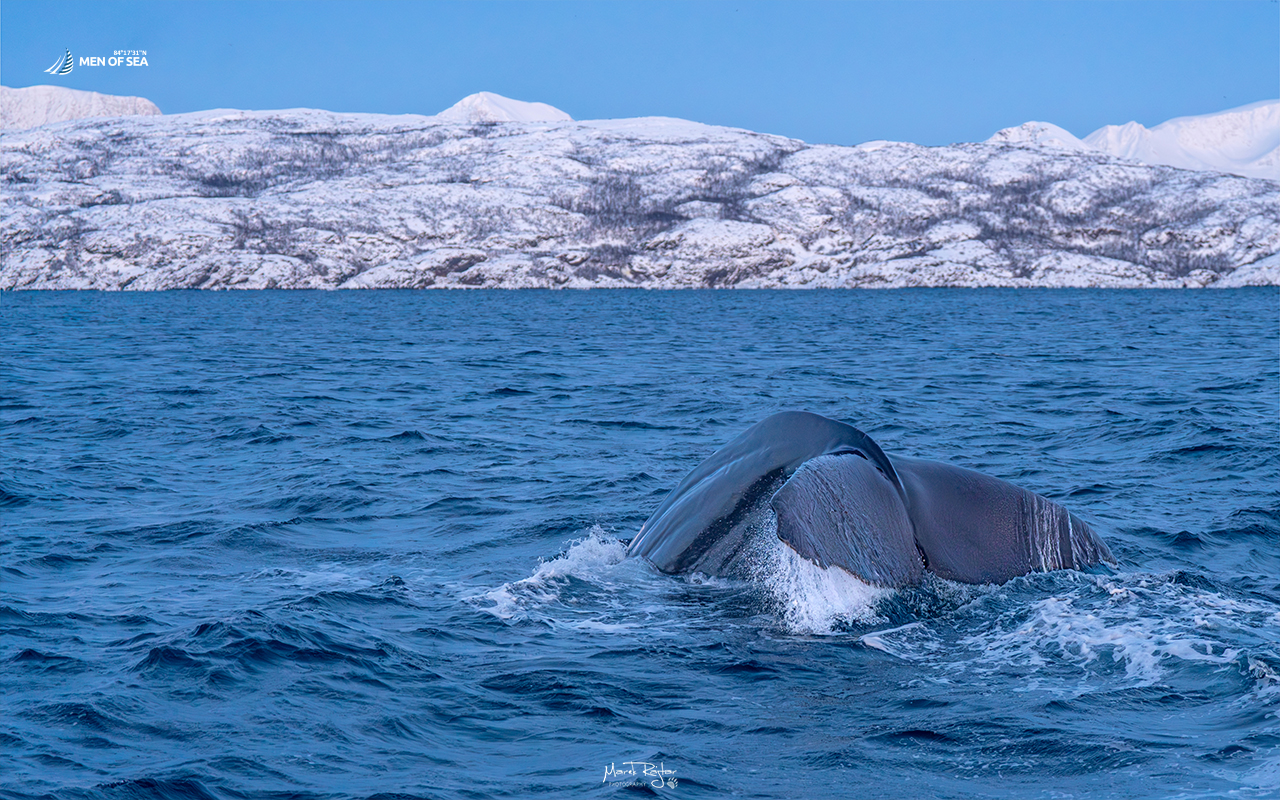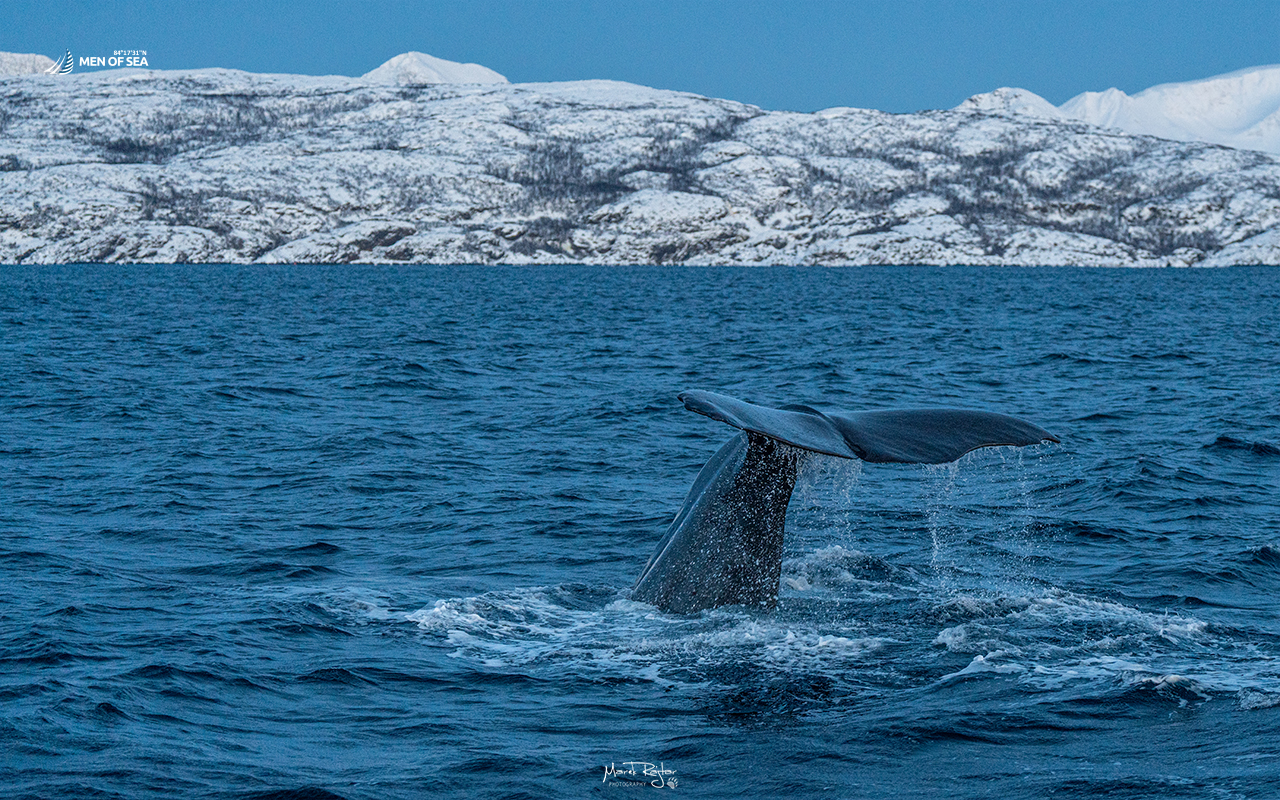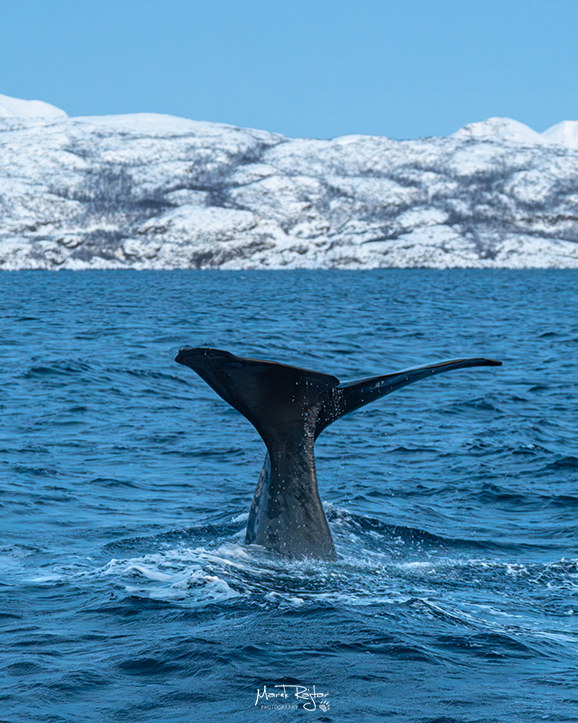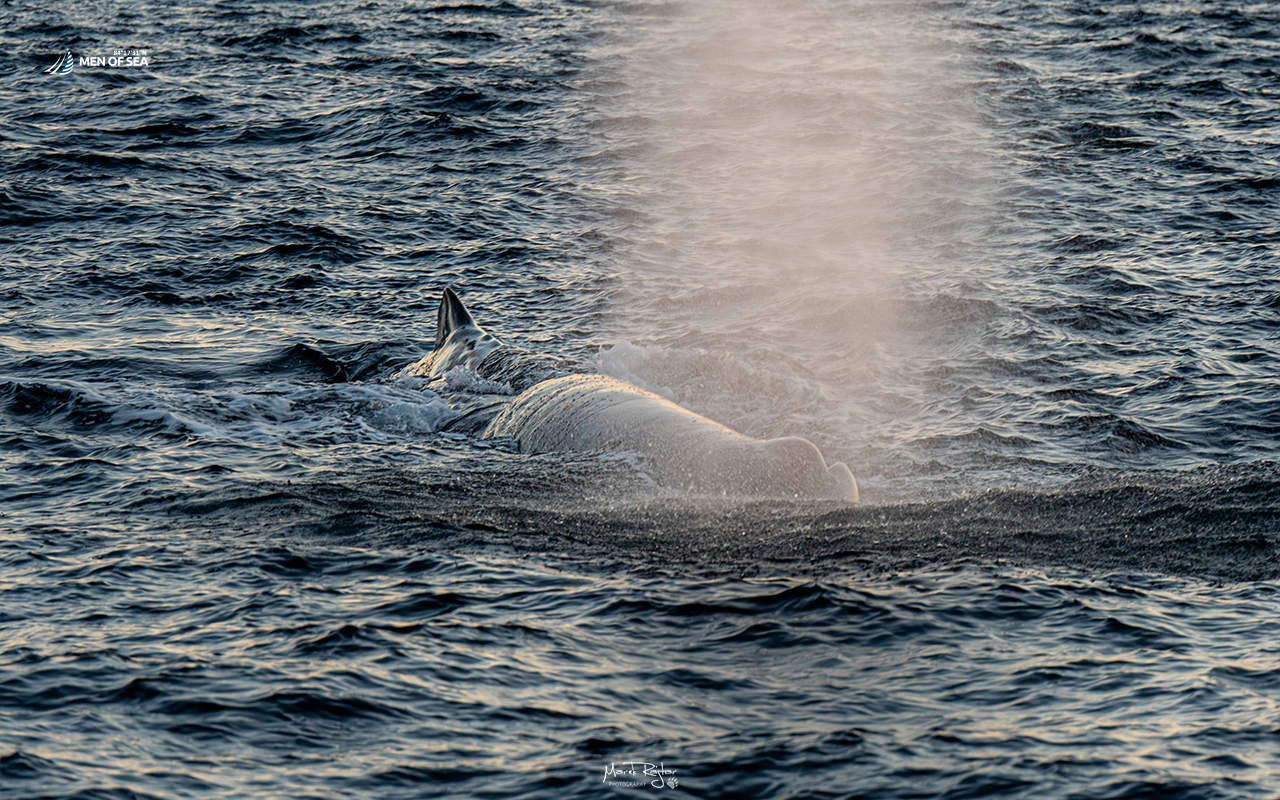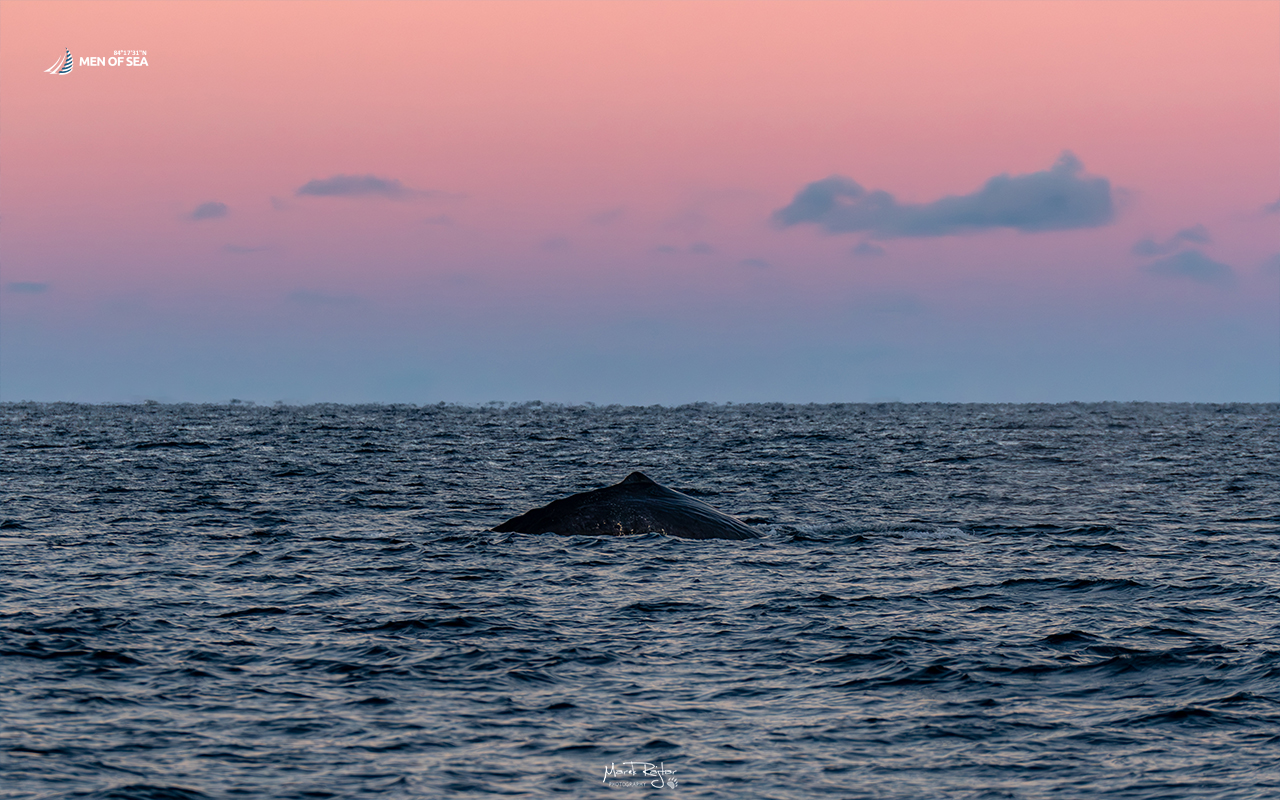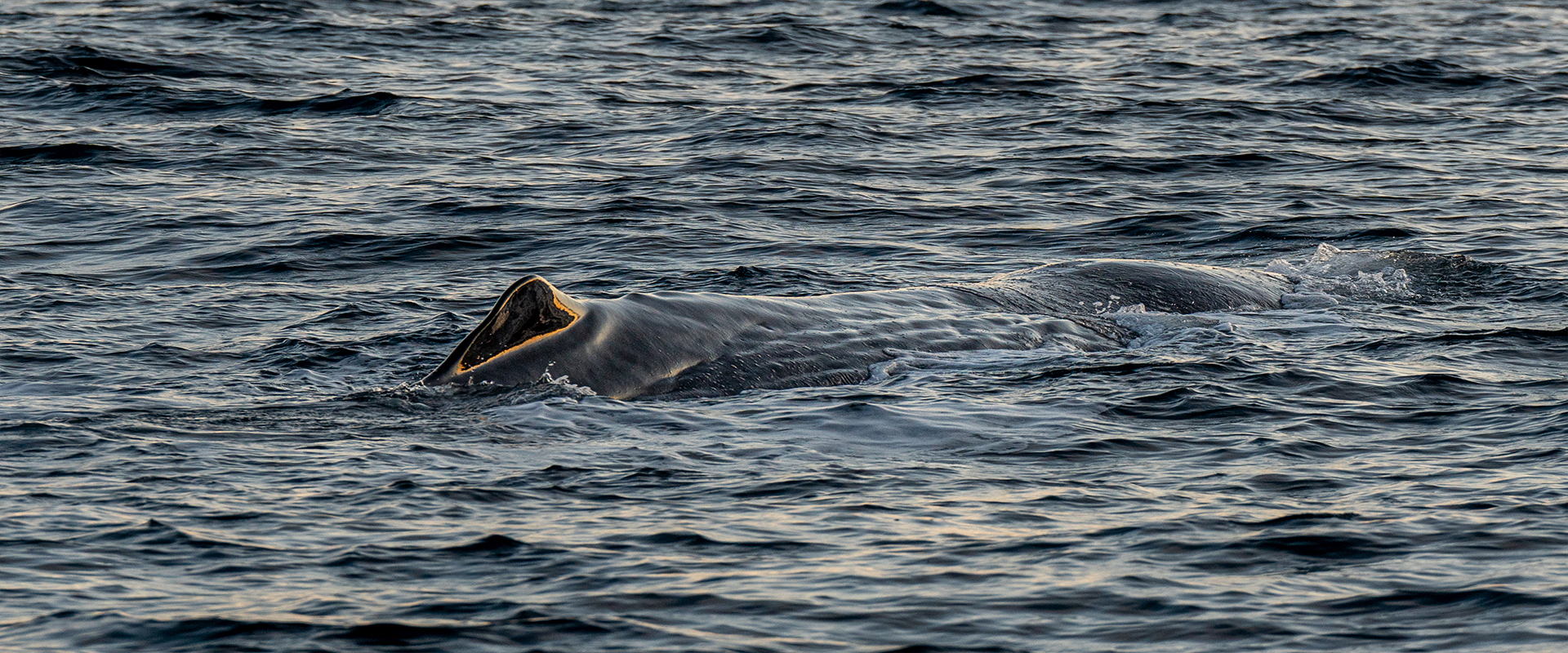
SPERM WHALES
Potomkowie Moby Dicka
BASIC INFORMATION
Sperm whales can be recognised by their massive heads and prominent, rounded foreheads. They have the largest brain of any creatures living on the Earth.
Their heads also store large amounts of a substance called spermaceti. Whalers once believed that the oily liquid was sperm, but scientists still do not understand the function of spermaceti. Hence the origin of their English name: sperm whale. The theory is that the fluid hardens in the cold and allows the sperm whale to change buoyancy and dive as low as 1,000 metres. Underwater, they can hold their breath for up to 90 minutes. This allows them to hunt in the depths for their delicacy: squid. To satisfy their hunger, they have to eat about 1 tonne of fish and squid a day.
In the 18th and 19th centuries, sperm whales were the main target of whalers. They extracted oil and ambergris, a substance that forms in a whale’s stomach around squid’s beaks. Ambergris was a very valuable substance once used in perfumes.
The hunt for the mythical albino sperm whale was described in the novel “Moby Dick” by Herman Melville.
UNEXPECTED PRESENCE
Sperm whales are often found in herds of several individuals, consisting of females and the young. Males usually move alone or move between groups.
Sperm whales are found in all oceans. Although they prefer warm waters, they migrate to subpolar waters to breed. They move at speeds of up to 23 knots.
Our encounters with sperm whales have not been frequent. However, a flock of them entered Kvænangen in January 2024 and we enjoyed their presence almost every day.
Perhaps they were attracted here by the orcas, as sperm whales are the only whales that can hunt them.
Trips connected with SPERM WHALES

Auroras and Whales 10-days

10 dni

Auroras and Whales #001

8 dni

Auroras and Whales #002

8 dni

Auroras and Whales #004

8 dni

Auroras and Whales #006

8 dni

Auroras and Whales #008

8 dni
